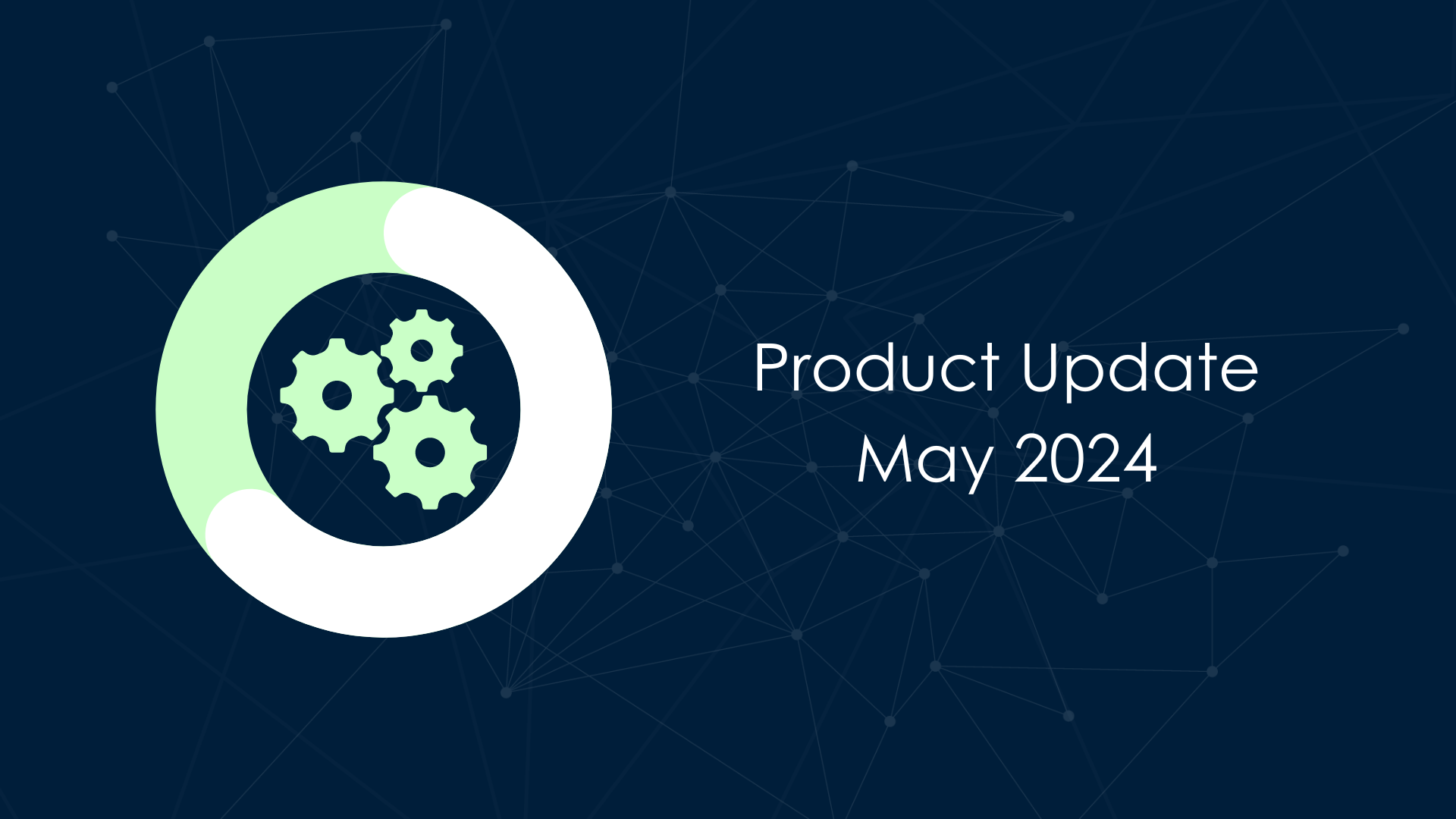With the rapidly changing political landscape and fragmenting global order, geopolitical risks are only expected to grow in significance in the next few years. While cross-border tensions rise, various organizations find themselves in a need to not only pay attention to rapidly changing geopolitical circumstances, but also to find a way to manage those risks in an effective way, as they have the potential to disrupt operations, compromise security, and impact long-term business strategies.
Geopolitical risks arise from complex interactions between nations, governments, and international organizations. Those potential threats and uncertainties stem from political, economic, social, and cultural dynamics among different nations or regions. These risks encompass factors such as political instability, changes in government policies, trade disputes, terrorism, military conflicts, regulatory changes, sanctions, and even natural disasters.
All organizations operating across borders or dependent on global supply chains are particularly susceptible to these risks and can face severe consequences affecting their operations and reputation. Adopting a proactive approach to understand, analyse, and mitigate these risks is key to staying in the clear and ensuring continuity of the business.
Geopolitical risks often rely fully on external factors and are impossible to eliminate, but organizations can adopt several strategies to mitigate their impact.
Closely monitoring the situation is a good place to start. Being aware of any political and regulatory changes can play a big part in minimizing the negative impact. The political and regulatory environment should be closely monitored to identify potential shifts that may impact the organization’s operations. Assessing the political climate, government policies, and regulatory changes helps anticipate risks and prepare appropriate mitigation strategies.
Economic and trade factors should also be a part of this. Fluctuations in exchange rates, trade disputes, protectionist measures, and economic sanctions can all pose risks to supply chains, markets, and profitability.
How can you stay updated on all that? To stay ahead of the curve, you might want to consider the services of intelligence providers such as Seerist, Dragonfly Intelligence or Sibylline.
But even then, how does one prepare for any potential disruptions?
Comprehensive Continuity Plans should account for geopolitical risks.
To create a comprehensive continuity plan, first, a Business Impact Analysis should be conducted to examine all elements of any given organization and identify those that might be affected by geopolitical risks, such as suppliers, manufacturers, logistics or other business elements. After identifying those vulnerabilities, the Continuity Plans will be more comprehensible and complete.
The last step in the process is ensuring swift handling of the situation when a crisis occurs – Crisis Management should activate appropriate Continuity Plans to ensure swift communication both internally and externally, safeguarding the continuity of business operations.
Identifying critical functions and establishing alternative arrangements will allow to minimize the impact of any potential negative consequences and mitigate the risks effectively. Having those plans in place should allow for swift handling of the crisis and finding viable alternative ways for a business to continue functioning, even despite the disturbances.
Are you ready to tackle the geopolitical risks?


